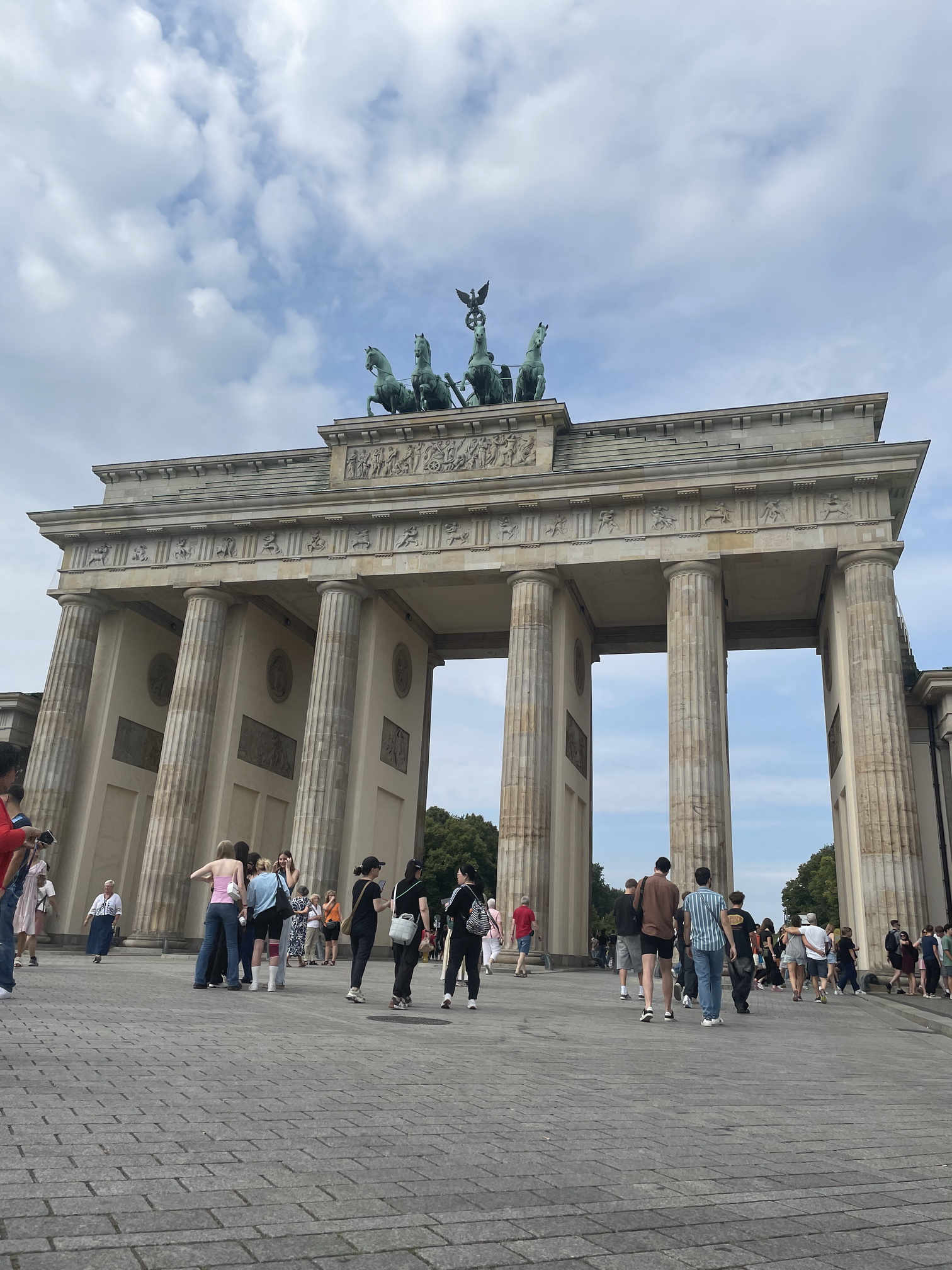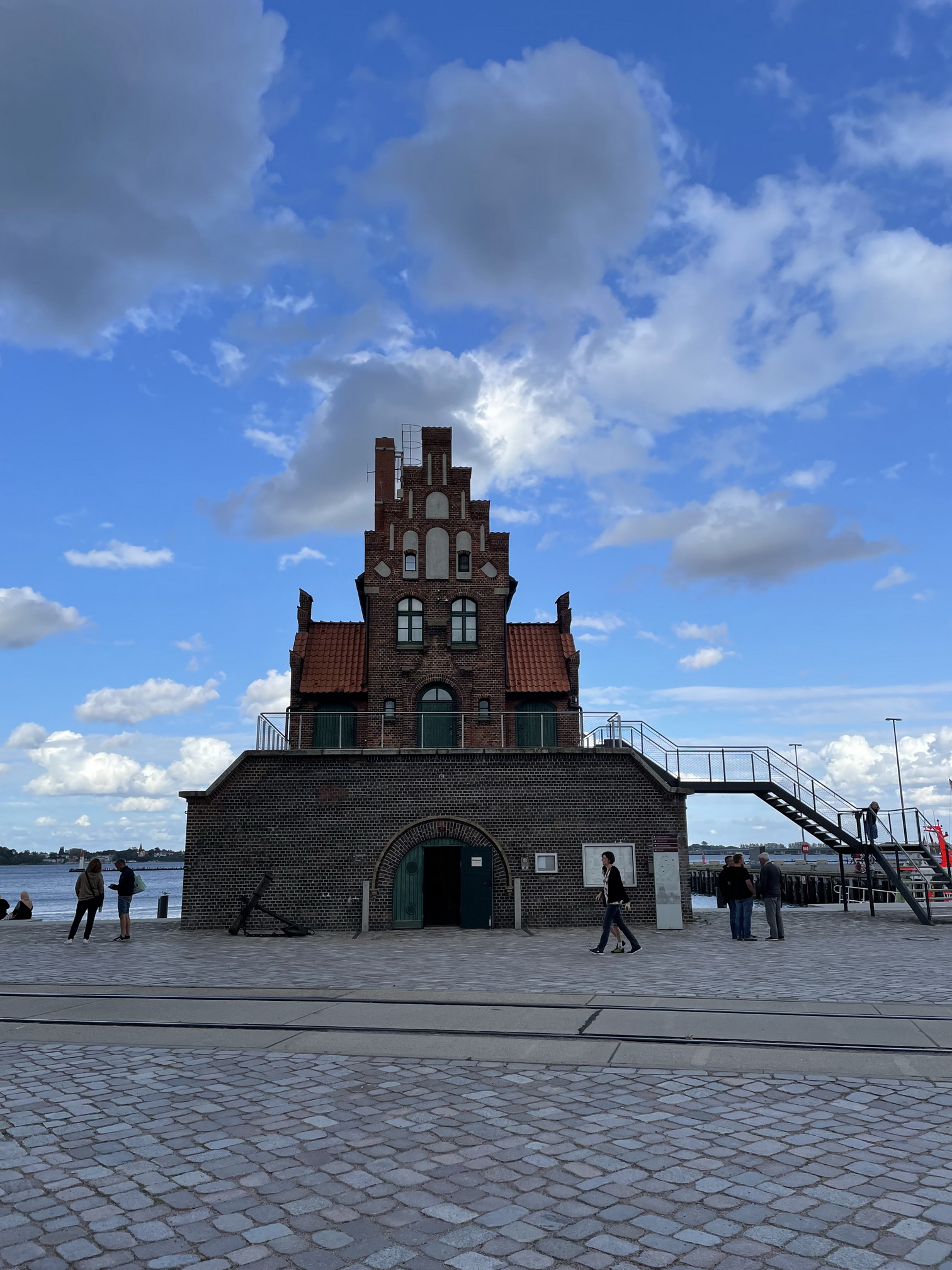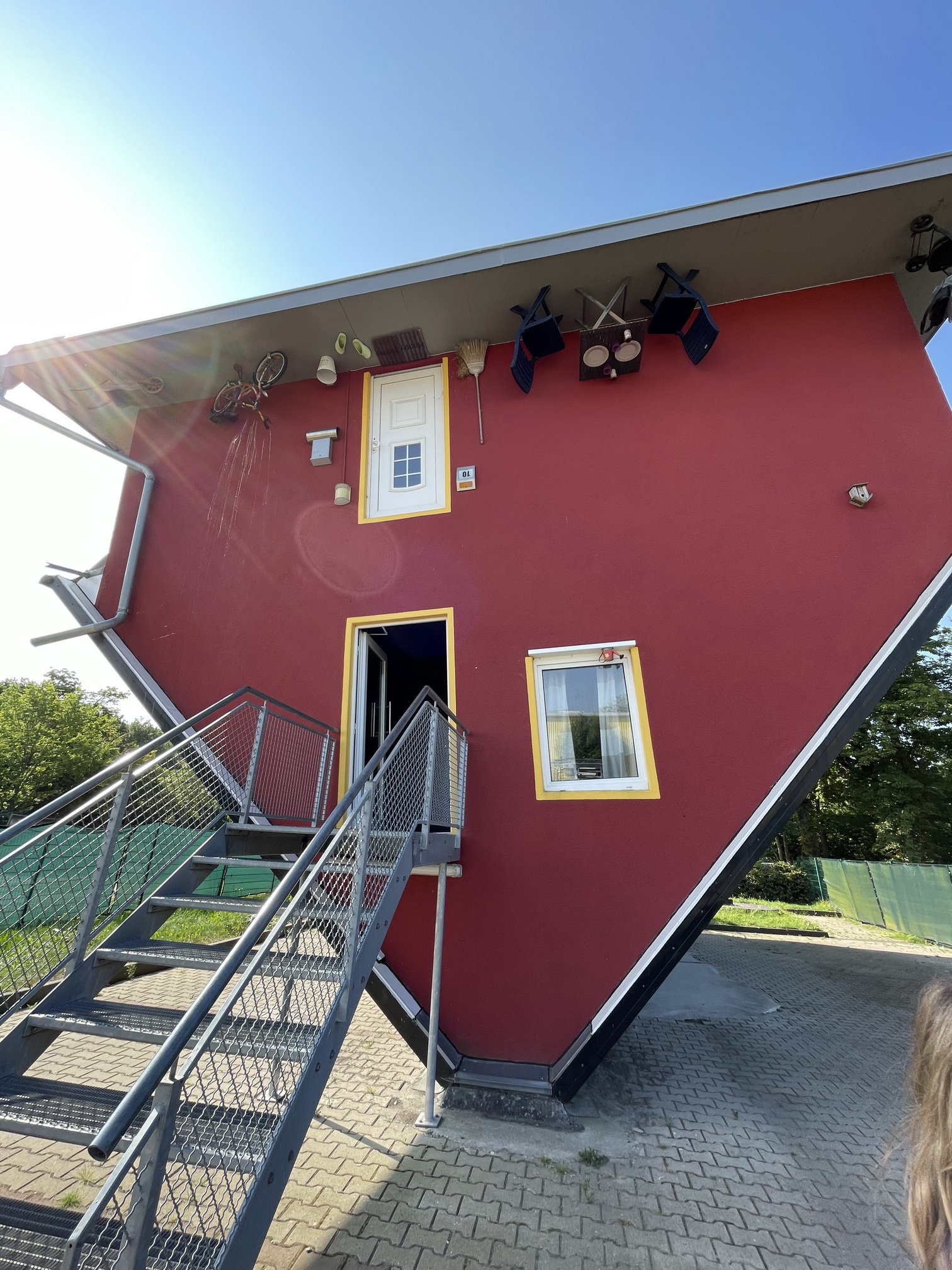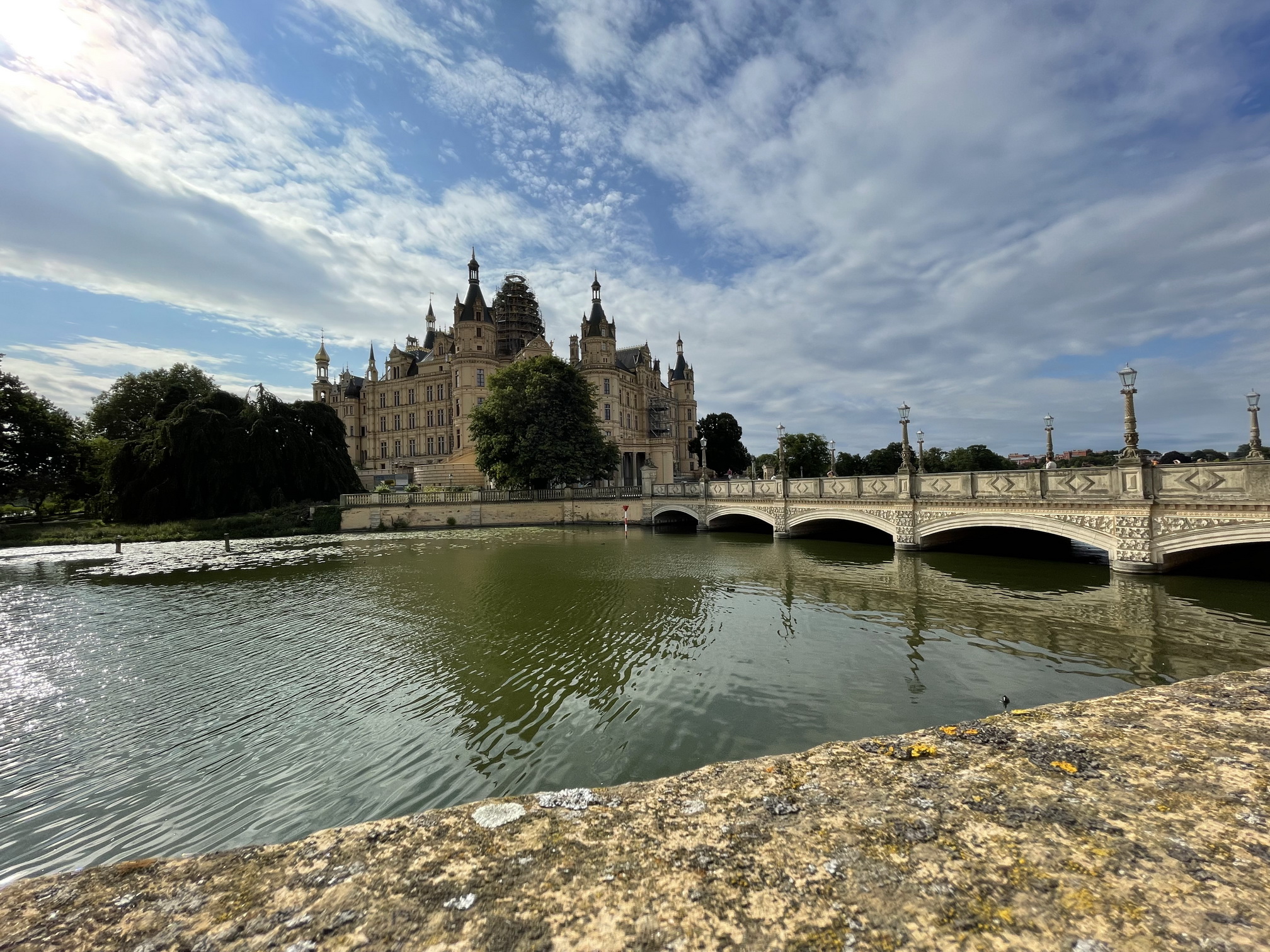The Brandenburg Gate, an iconic symbol of Berlin and Germany as a whole, stands as a monumental testament to the city’s tumultuous history. Constructed between 1788 and 1791, this neoclassical archway was originally commissioned by King Frederick William II of Prussia as a symbol of peace. Its design, attributed to architect Carl Gotthard Langhans, draws inspiration from the Propylaea of Athens, further emphasizing its classical roots. The Gate, with its striking twelve Doric columns, elegantly frames a passageway that has witnessed a multitude of historical events.
Throughout the years, the Brandenburg Gate has become a powerful emblem of both division and unity. During the Cold War, its proximity to the Berlin Wall rendered it a symbol of the city’s division, with the gate remaining inaccessible to many for nearly three decades. However, with the fall of the Wall in 1989, the Brandenburg Gate transformed once again, this time embodying the spirit of reunification and hope for a brighter future. Today, it stands not only as a popular tourist attraction but also as a site of political significance, where moments of celebration and reflection continue to take place.
Visitors to the Brandenburg Gate are often struck by its grandeur and historical weight. The structure’s location, at Pariser Platz, provides a stunning backdrop for photographs, while the nearby Tiergarten park offers a serene escape from the hustle and bustle of the city. Events such as New Year’s celebrations and concerts regularly take place in this vibrant area, celebrating not only Berlin’s rich cultural heritage but also its resilience and enduring spirit. As one stands before the Brandenburg Gate, it serves as a reminder of the complex narrative that has shaped Berlin, symbolizing the city’s journey from conflict to reconciliation and its aspirations for a united future.




